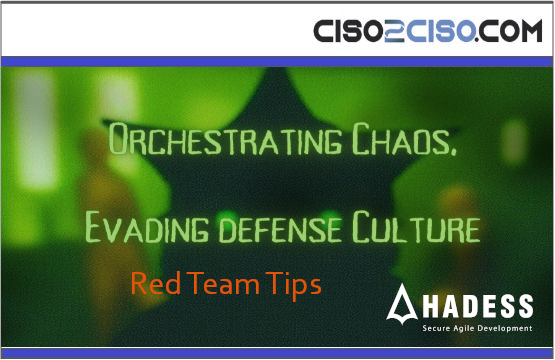Rate this post
Red Teaming involves simulating cyberattacks to test an organization’s defenses. Red Teams adopt the mindset of adversaries, aiming to uncover vulnerabilities and assess the effectiveness of defensive measures. This practice is crucial in improving an organization’s security posture and resilience against real-world attacks.
Key Strategies for Orchestrating Chaos and Evading Defense:
- Understanding the Target:
- Reconnaissance: Gather extensive information about the target’s network, systems, and personnel. Use open-source intelligence (OSINT) and network scanning tools to map out the environment.
- Social Engineering: Exploit human vulnerabilities through phishing, pretexting, and other social engineering tactics to gain initial access.
- Exploiting Vulnerabilities:
- Zero-Day Exploits: Use undisclosed vulnerabilities to bypass defenses. Maintaining a collection of zero-day exploits can give Red Teams a significant advantage.
- Known Vulnerabilities: Exploit unpatched software and misconfigurations. Regularly updated databases like CVE (Common Vulnerabilities and Exposures) help identify potential weaknesses.
- Persistence and Lateral Movement:
- Establishing Persistence: Deploy techniques to maintain access to compromised systems, such as installing backdoors or creating hidden user accounts.
- Lateral Movement: Use legitimate tools like PowerShell, RDP, and PsExec to move laterally across the network while minimizing detection. Mimic normal user behavior to blend in with regular traffic.
- Evading Detection:
- Antivirus and EDR Evasion: Use obfuscation, encryption, and polymorphic code to evade antivirus and endpoint detection and response (EDR) solutions. Employ living-off-the-land binaries (LOLBins) to execute malicious activities using legitimate system tools.
- Network Traffic Camouflage: Encrypt communication channels and use common ports (e.g., HTTP, HTTPS) to hide malicious traffic within normal network activity. Implement domain fronting to mask command and control (C2) traffic.
- Advanced Techniques:
- Fileless Malware: Leverage fileless malware that resides in memory rather than on disk, reducing the chances of detection by traditional antivirus software.
- DNS Tunneling: Use DNS queries to exfiltrate data and communicate with C2 servers covertly, bypassing many network security measures.
- Steganography: Hide data within images, audio files, or other media to evade detection during data exfiltration.
Developing a Red Team Culture:
- Continuous Learning and Adaptation:
- Stay Informed: Keep up-to-date with the latest threats, attack techniques, and defensive measures. Participate in cybersecurity conferences, forums, and training.
- Adaptability: Be prepared to change tactics based on the evolving security landscape and specific defenses encountered during engagements.
- Collaboration and Knowledge Sharing:
- Internal Collaboration: Foster a culture of collaboration within the Red Team, sharing insights and techniques to enhance overall effectiveness.
- Cross-Team Communication: Work closely with Blue Teams (defenders) to understand their strategies and improve Red Team exercises. Regularly conduct debriefings and post-engagement reviews to share findings.
- Ethical Considerations:
- Responsible Disclosure: Ensure that vulnerabilities discovered during Red Team activities are responsibly disclosed to the organization for remediation.
- Minimizing Impact: Conduct operations in a way that minimizes disruption to the target organization’s operations, focusing on realistic but controlled scenarios.
- Realistic Simulations:
- Scenario-Based Testing: Create realistic attack scenarios that mimic potential real-world threats. Use threat intelligence to design scenarios based on the tactics, techniques, and procedures (TTPs) of actual adversaries.
- Adversary Emulation: Emulate the behavior of specific threat actors, incorporating their known TTPs into Red Team exercises to provide a more realistic and relevant challenge to defenders.
Views: 0




















































